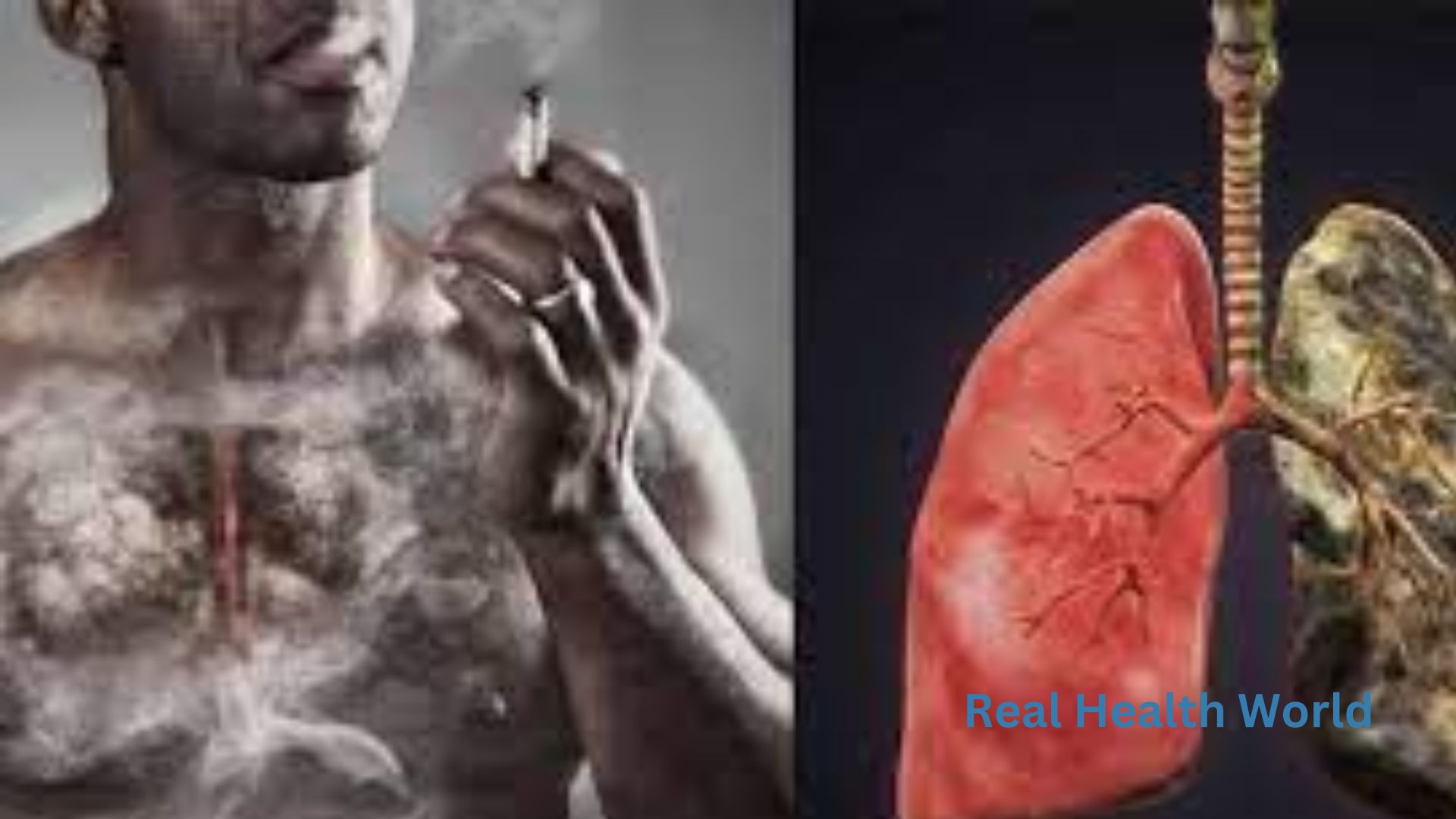Smoking is harmful to everyone. Long-term smoking causes the biggest damage to the lungs. Sometimes second-hand smokers also have this problem.
Dhaka Central Medical College Hospital chest specialist Dr. Mohammad Azizur Rahman.
Tobacco smoke contains more than 4,000 compounds. These include tar, nicotine, benzene and benzopyrene. And gaseous components include carbon monoxide, ammonia, dimethyl nitrosamine, formaldehyde, hydrogen cyanide and acrolein.
Tobacco smoke contains at least 60 compounds that can cause cancer. No matter how many ingredients are irritants to the airways. Secondhand smoke is when a second person inhales the smoke of a smoker’s cigarette.
It can come in two forms, the smoke emitted from the burning bidi or cigarette side of a smoker, or the smoke left behind with the breath after inhaling secondhand smoke. 30 minutes of secondhand smoke is enough to stop blood flow through the heart. Secondhand smoke plays a special role in increasing the prevalence of asthma in asthmatic patients.
Second-hand smoke in the home increases the incidence of heart disease and lung cancer by 25 percent. And secondhand smoke in the workplace and on the roads increases the rate of heart disease by 50-60 percent. Secondhand smoke causes lung cancer and heart disease in non-smokers.
The incidence of respiratory diseases is relatively high in children of smoking parents. Bangladesh has set a good example by banning smoking in open spaces. Now we have to be aware against secondhand smoke.
Smoking indoors is not only harmful to the smoker, but also harmful to others in his family, especially children.
Can a non smoker get lung disease?
Smoking, asthma, or air pollution account for many COPD cases, but up to 30% of cases occur in people who never smoked, and only a minority of heavy smokers develop the disease, suggesting that there are other risk factors at play.
What causes lung disease other than smoking?
Exposure to air pollutants such as industrial chemicals, fumes and dust in the workplace over a long period of time can compromise lung health. Other substances that irritate the lungs, like air pollution, dust, or industrial chemicals, may also contribute to COPD.
Can I get COPD without smoking?
Secondhand smoke: Even if you aren’t a smoker, you can get COPD from living with one. Pollution and fumes: You can get COPD from air pollution. Breathing in chemical fumes, dust, or toxic substances at work can also cause it.
What are the early warning signs of COPD?
- Shortness of breath, especially during physical activities.
- Wheezing.
- Chest tightness.
- A chronic cough that may produce mucus (sputum) that may be clear, white, yellow or greenish.
- Frequent respiratory infections.
- Lack of energy.
- Unintended weight loss (in later stages)
- Swelling in ankles, feet or legs.
Can you have emphysema if you never smoked?
Doctor’s Response. You can get emphysema without being a smoker, but cigarette smoking is by far the most dangerous behavior that causes people to develop emphysema, and it is also the most preventable cause.
What is the average life expectancy with COPD?The 5-year life expectancy for people with COPD ranges from 40% to 70%, depending on disease severity. This means that 5 years after diagnosis 40 to 70 out of 100 people will be alive. For severe COPD, the 2-year survival rate is just 50%. Donna M.
What is the life expectancy of emphysema?
Because most patients aren’t diagnosed until stage 2 or 3, the prognosis for emphysema is often poor, and the average life expectancy is about five years.
Can you have COPD without knowing?
Chronic obstructive pulmonary disease (COPD) makes breathing increasingly more difficult. But it develops slowly over many years and you may not be aware you have it at first. Most people with COPD do not have any noticeable symptoms until they reach their late 40s or 50s.
Is COPD classed as a terminal illness?
Is COPD considered a terminal illness? COPD is not a terminal illness but a chronic disease that gets worse over time . Although there is no cure for COPD, the illness can be successfully managed especially if it’s recognized early.
Read more from Real Health World
